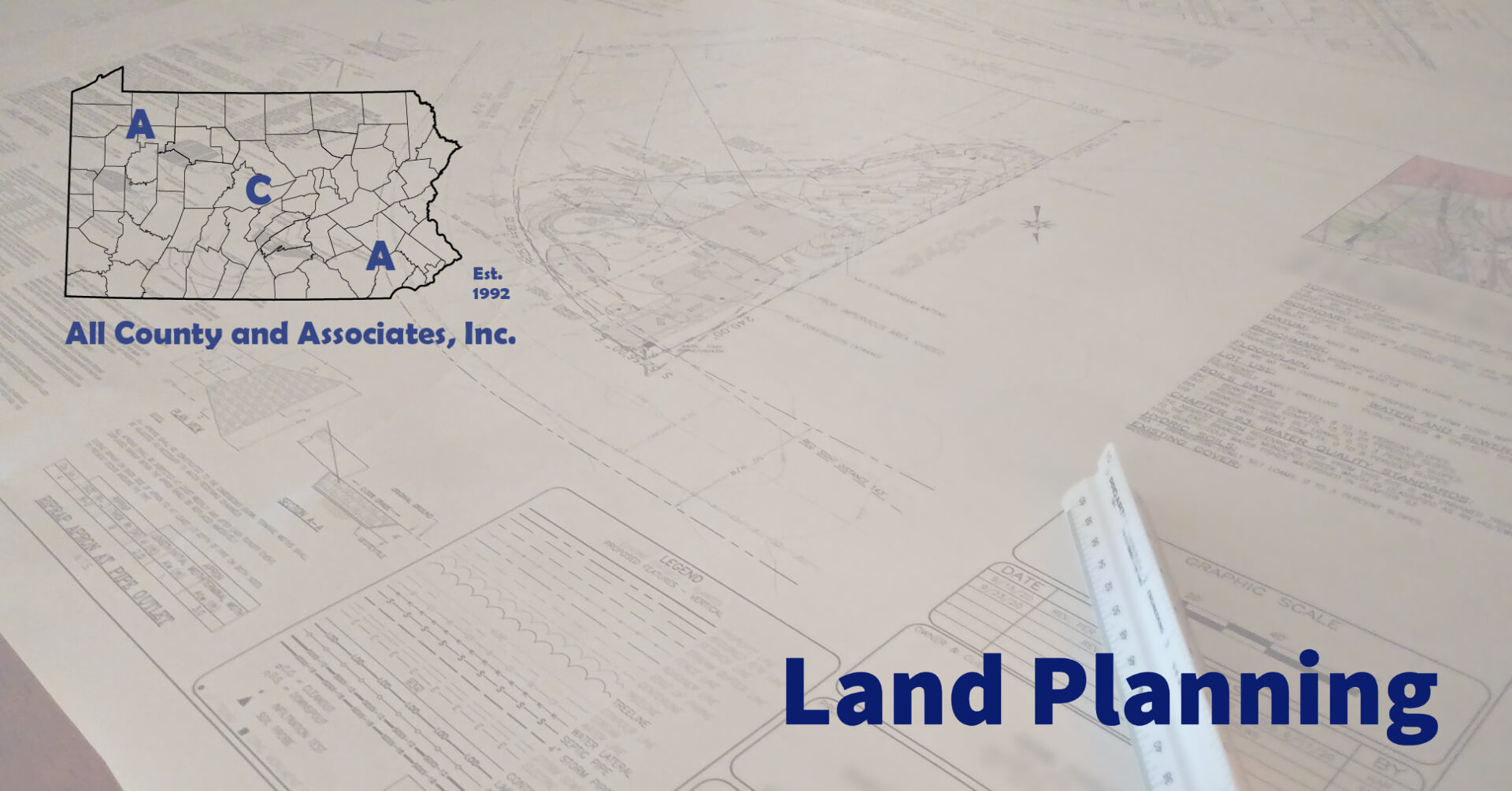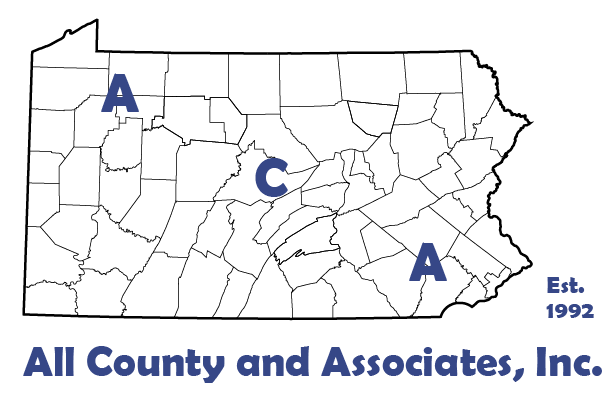
Did you know that there are over 460 state roads, not including interstates, in Pennsylvania? That is over 12,600 miles of road regulated by the Commonwealth. So, what happens when an entity needs access to a state right-of-way?
Highway Occupancy Permits
Any entity looking to access a state right-of way, requires a Highway Occupancy Permit (HOP). The permit ensures safe passage of traffic, while providing reasonable access to applicants. There are three permit categories. The first are utility permits. These permits cover the installation, repair, connection or removal of utilities. Next are driveway or local road permits. This permit covers the installation, alteration, or removal of a passage to and from a property. Finally, there are miscellaneous permits. This is a catch all for any sort of other improvements, and include curb, sidewalk, drainage, and many other items.
Standards for Highway Occupancy Permits
The PA Code governs the standards for highway occupancy permit. These standards fall under two different sections:
- PA Code Title 67, Chapter 441 for driveways and local roads
- PA Code Title 67, Chapter 459 for utilities
Though specific criteria vary, the codes share some common sections. In short, they include application, fees, issuance and general conditions. Whereas, each chapter contains specific design criteria to protect traffic, workers and future access. Chapter 441 sets standards for access elevations, sight distance, and geometry. While Chapter 459 sets standards for emergency work, restoration, trenching, and location of utilities. PennDOT Document #282 translates the codes and facilitates design, application and issuance. Additionally, there are many other publications relating to roadway design and traffic engineering. One of these documents is Publication 72M, which sets roadway construction standards. This document covers materials, ADA ramps and other construction related practices.
Highway Occupancy Permits Process
Typically, the utility or property owner files the application via a consultant. That said, the application must include documentation containing proof of ownership and the owner’s signature. The application for a permit cannot be requested by any other party, except the property owner. Additionally, the application must include plans and any fee payment. Standard applications need submission at least thirty days before the anticipated construction. Though, utility companies can gain emergency permits. Besides construction plans, some applications need traffic control plans and drainage plans. Next, PennDOT may require a scoping meeting on-site to provide concerns and recommendations. Finally, they may visit the site to verify the location of the access.
A highway occupancy permit is valid for a six-month period, or multiples, per the specific permit. In the instance of a low volume driveway permit, it is good for one year. For construction exceeding the permit period may request an extension.
Who is ACA?
Started in 1992 and located in Chester County, PA ACA has grown to become a full-service civil engineering firm. Today, we merge professional services with practical knowledge for residential and commercial projects. No matter the scale, from installing a fence, to building a structure or developing land, you need permits. Because the approval process includes many permits and agencies, it can be a headache. Working with ACA’s full-service team saves you time, money, and headaches. Every step of the way, we are here to support you and educate you about the process. Here are some of the basic services we provide:
Construction Management | Civil Engineering | Environmental Permitting | Septic System Testing and Design | Land Surveying | Wetland Delineations and Mitigation
Please feel free to browse our website or if working on a project or need help, contact us at (610) 469-3830.
Also, join the conversation on: Facebook | LinkedIn
